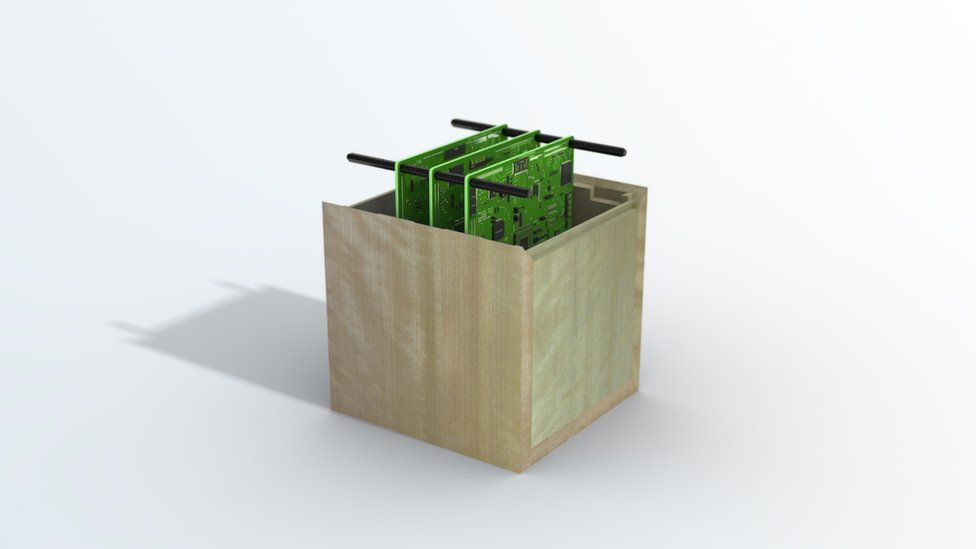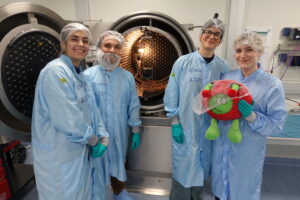The effect and the tension caused by the space debris were quite well explained in the previous article. (If you missed the article, read it here)
The latest event regarding the Long March-5b, which was used to launch the first module of China’s new space station, is one example of space debris issues occurring these days. The launch vehicle was expected to fall back to Earth with uncontrolled descent. The most critical factors were re-entry, and the landing site was unknown, which caused anxiety worldwide. There was fear that it could land in an inhabited area. Previously, the first Long March-5b vehicle caused damage to several buildings on the Ivory Coast. Eventually, a larger core stage weighing around 22 tonnes fell into the Indian Ocean on 8th May without causing any expected damages. Even though there were no possible losses, the event is still dreadful, and effort must be made to monitor and alleviate space debris and its effects.
The mitigation of space debris is a universal subject of concern, and every country is equally responsible for the management of space debris. The United Nations Office for Outer Space Affairs (UNOOSA) establishes guidelines applicable to mission planning and operations of spacecraft that must be followed. (If you are interested, you can read it here). According to these guidelines, there is a specific requirement for limiting the long-term presence of spacecraft and launch vehicles both in LEO and GEO after completing the mission. Therefore, every space organisation must formulate various appropriate methods for certain orbital regions to control and mitigate space debris.
There are several methods available for space debris management in LEO. Typically, to eliminate mass from thickly crowded orbits, it is suggested that satellites and orbital stages be directed to re-enter Earth’s atmosphere within 25 years of mission completion if their deployment orbit altitude is below 2000 km.

The momentum transfer tether is a passive method that involves a spacecraft launched into LEO. The body sends out chasers that are equipped with a non-conductive tether that attaches to debris. Due to the difference in their orbital velocities, the chaser apogee increases, and the target perigee decreases. As a result, the target (debris) is transferred into a much lower orbit with the possibility of a controlled re-entry in a limited amount of time. The satellites then will destroy themselves upon entering back into the atmosphere. The debris object will be shifted to another outer orbit using a swing-like motion of the tethered system. According to the orbital data of the destination orbit of the debris object, the tether length and spin rate are calculated, and the spin/reeling is initiated.
The LEO and GEO are considered protected regions as they have a more commercial and scientific value. Space debris can damage these zones. GEO is more susceptible to these damages as the satellites can be moved only to ‘graveyard orbit’ after completing the mission. The altitude 300 km above the GEO ring is the recommended re-orbit altitude. Robotic Geostationary Orbit Restorer (ROGER) is a servicing satellite that can remove in-orbit roving debris in Geostationary Orbit, and this technique helps to capture redundant or non-operational satellites and tow them into a parking or graveyard orbit. It is developed in such a way that it mainly uses four reference points, namely S1 (about 230 km below and 500 km behind or in front of the target), S2 (same orbit altitude as the target but 10 km behind), S3 (about 1 km away from the target) and S4 (about 100 m away from the target) before proceeding with the capture mechanism. The net capture mechanism consists of a net gun and tether for connection of net and ROGER spacecraft that safely seize the satellite and transport it.

Space debris in the GEO can be removed by another efficient method called space tugs. A space tug is an active spacecraft that can capture and de-orbit selected space debris objects. It also employs a space tug with an autonomous module for short-range rendezvous, huge and towing large debris in GEO. The method is still unproven, complex, and a little costly but effective in multi-target ability.

Japan is trying to combat space debris by developing a wooden satellite that will burn up after the completion of its life without releasing any harmful substance or falling back to the ground as heavy objects.
This reduces the amount of human-made waste in space. Set to launch in 2023, the LignoSat will have a shell made of timber, allowing it to burn up completely as it re-enters the Earth’s atmosphere. The manufacturers will be investigating various categories of wood in extreme conditions on Earth. Another project called WISA WOODSAT is also working on a similar objective.
Eventually, space debris must be controlled to allow for more developments in the future. The available technologies must be enhanced, and new methods must be developed to mitigate space pollution.




